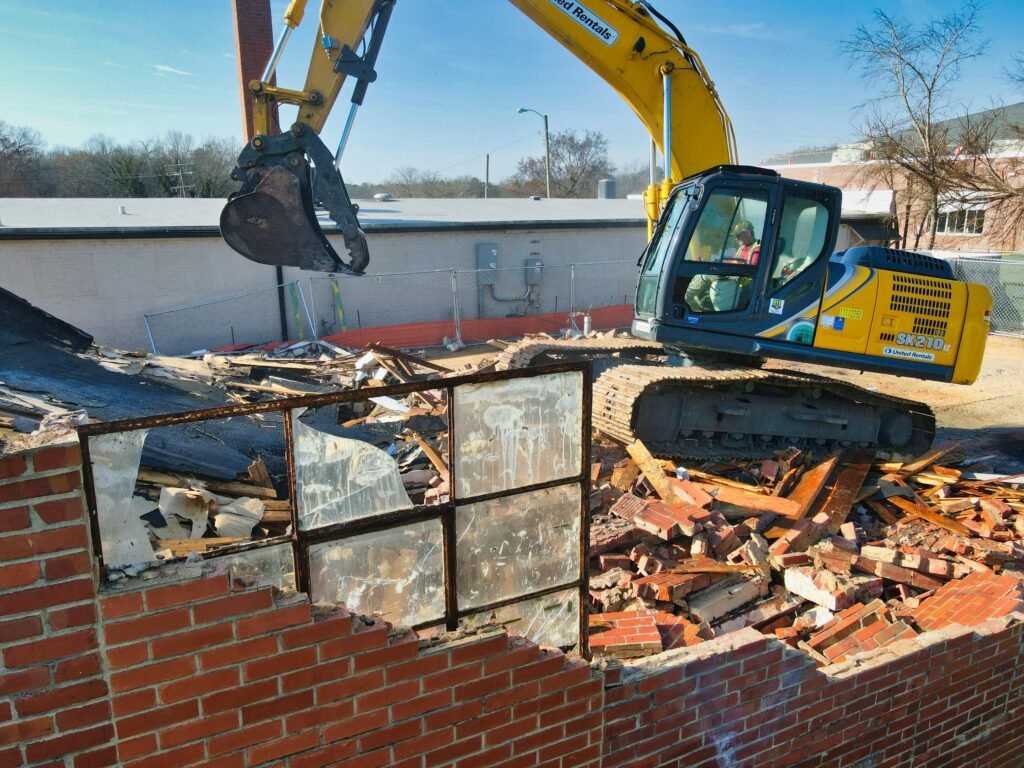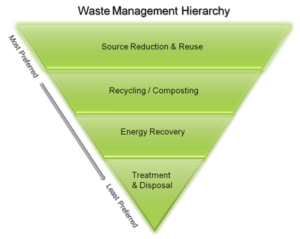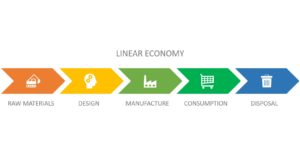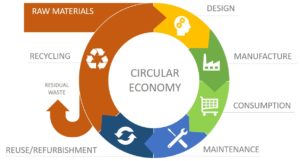Moving to a circular economy: waste is a resource

Shifting to a world with zero waste
The legal definition of solid waste offered by the Resource Conservation and Recovery Act is ‘any garbage or refuse, sludge from a wastewater treatment plant, water supply treatment plant, or air pollution control facility and other discarded material, resulting from industrial, commercial, mining, and agricultural operations, and from community activities’.
Using terms such as ‘resources’, ‘spares’ or ‘surplus’ can help the process of rethinking how you view what you might previously have considered to be waste.
For example, drylining offcuts have no further practical use, so it is realistic to label them as ‘waste’ and ensure they are properly recycled. However, surplus unused bricks need not be deemed as waste as they could be used elsewhere.
We need to think about the bigger picture as we become more aware globally about the impacts of our throwaway culture. It is estimated that by 2050 there could be more waste plastic in the ocean than fish and that if everybody consumed at the same rate as an average US resident, we would need at least 5.1 planets worth of resources to sustain ourselves.
The true cost of waste in a project is underestimated.
Most waste produced on-site occurs through poor specification, over-ordering; ordering the wrong thing; damage by mishandling materials; off-cuts; inadequate storage of materials; and unnecessary packaging of construction materials, e.g. plastics and cardboard. All of this before we even consider the cost of the processes, time wasted, and the amount of carbon involved!
Reducing our consumption of raw materials and being more resource efficient results in a wide range of environmental and social benefits associated with the consumption of fewer resources and the disposal of waste products. There is a cost saving too.
Waste Management - Sustainability Short
Watch this animation about how to reduce waste, featuring Herman the Waste Vermin.
We can all play a role in tackling these problems.
As a sub-contractor, simple changes on-site to reduce, re-use and recycle your construction waste can bring many benefits. This is what we refer to as the waste management hierarchy, an essential guide for the sustainable treatment of waste, prioritizing waste treatment in the following way:
- Source Reduction & Reuse
- Recycling / Composting
- Energy Recovery
- Treatment & Disposal
A paradigm shift is needed when we think about the resources we use, away from a linear ‘take – make – dispose’ approach to a cycle which uses products or materials that have reached “end of life” as inputs to produce the next generation of products that we need. There is also the need for thinking laterally and choosing different materials or different product/service models that bring resource efficiency benefits.
A simple construction example of this might be using aggregates made from old crushed concrete or blast furnace slag, instead of virgin aggregates from a quarry or dredged from the sea, in the production of new concrete.
This approach is called the circular economy and you can find out more about this concept in the School’s resources here.
Waste and circular economy
Introduction to Waste
E-learning module
The Circular Economy
E-learning module
Circular Economy Indicators
E-learning module
Waste Management – Sustainability Short
Video





 45 minutes
45 minutes